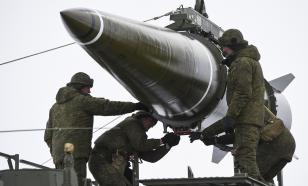Cassini spacecraft journeys to the ringed planet
Cassini spacecraft, the most highly instrumented interplanetary mission and a quite pricey one ($3 billion)ever, will make its first flyby of a body in the ringed planet's system around 2 p.m. today, after nearly seven years of gathering momentum and hurtling on a calculated trajectory through space toward Saturn
"We're having the chance to discover a whole new world,' said Linda Spilker, Cassini deputy project scientist at the Jet Propulsion Laboratory.
That new world today is Saturn's largest outer moon, Phoebe a scientifically intriguing, dark satellite, which orbits about 8 million miles outside the ringed planet. To date, the best images of the moon are little more than blurry pictures taken by Voyager 2 more than 20 years ago from about one million miles away.
Michael Brown, a Caltech professor of planetary astrophysics, compared an old Voyager image of Phoebe to "some really horribly grainy TV picture that you really wish you could see a better picture of," reports pasadenastarnews.com
According to upi.com NASA's most ambitious interplanetary mission is about to begin in earnest as its Cassini probe is set to make a rendezvous with Saturn's most mysterious moon on Friday.
"The arrival date and trajectory to Saturn were specifically selected to accommodate this flyby, which will be the only opportunity during the mission to study Phoebe at close range," said Dave Seal, mission planner for the Cassini- Huygens mission at NASA's Jet Propulsion Laboratory in Pasadena, Calif.
Phoebe's orbit is too far from Saturn to manage a flyby at a later stage of the probe's planned four-year mission, Seal said. At about 8 million miles, almost 13 million kilometers, Phoebe is nearly four times as far as Saturn's next-closest major satellite, Iapetus.
Two decades ago, Voyager 2 took photos of Phoebe from a staggering 1.4 million miles away. Cassini, with better cameras, will be just 1,240 miles away.
The flyby will herald the discoveries to come.
"It'll be the alarm bell going off for people," said NASA's Jeff Cuzzi, Cassini's interdisciplinary scientist for rings and dust.
Phoebe is just 1/15th the size of Earth's moon and has an irregular orbit, hinting that it might have been captured when it wandered near Saturn, informs floridatoday.com
If you want to find more about the Solar system:
Subscribe to Pravda.Ru Telegram channel, Facebook, RSS!


